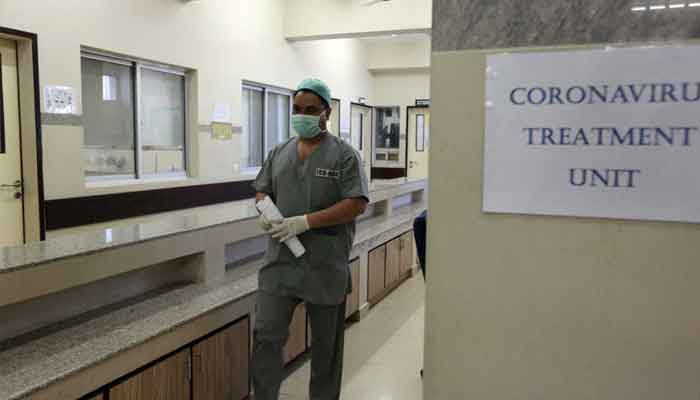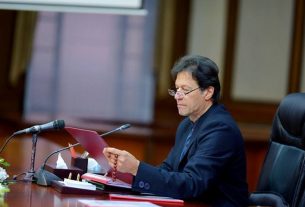ISLAMABAD: When Saifullah Khan’s friend and his father in Quetta got sick after going to a funeral in Chaman, he asked them to get tested for the new coronavirus. His friend refused.
Two weeks later, his father died. “He had all the symptoms of Covid-19, but they never got him tested and never disclosed to anyone even after his death.
They had a regular funeral,” said Khan, a resident of the capital Islamabad who has most of his family in Quetta. This may be one of millions of cases in Pakistan of people not getting tested for coronavirus and not getting recorded in the national database of infected persons
Several statistical models, official statements, leaked government documents, and interviews with people in various cities suggest that the number of Covid-19 patients and deaths in Pakistan are grossly under-reported. “The actual numbers will be two to three times more than what the government is reporting,” Atta ur Rahman, chairman of Prime Minister Imran Khan’s task force on science and technology, told Bloomberg news Wednesday.
The current official figure puts the countrywide infections at approximately 160,000 and deaths as approximately 3,000. However, data scientists and other analysts fear the real number may already be in millions of infections and tens of thousands of deaths. Random testing in Pakistan’s second-largest city, Lahore, by the health department of Punjab province in May showed that at least 6 percent of all tests came back positive for Covid-19 while in some areas the percentage was as high as 14 percent.
Based on the city’s population and the sampling data, the health department working group, comprised of epidemiologists, public health specialists, applied economists, statisticians, and public policy specialists, calculated the number of cases in Lahore to be 670,800 on May 15.
The rate at which the infection was spreading alarmed those involved. “Our calculations said the numbers were doubling every two weeks,” said Dr. Waheeduzzaman Tariq, a senior virologist who was part of the group and sits on multiple government committees dealing with the coronavirus pandemic.
According to those numbers, on June 15, the figure should be approximately 2.7 million infected people in Lahore city alone.
The summary of the sampling project was presented to the Chief Minister Usman Buzdar and was later leaked to local media and circulated widely in several WhatsApp groups. VOA has a copy of the document.
This week, the government declared Lahore, along with 20 other cities, a coronavirus hot spot and locked down multiple areas in the city.
Last Sunday, a senior health official in Balochistan province claimed that 40 percent of the population of the province was already infected. According to a 2017 census, Balochistan’s population is 12.3 million people. Forty percent of that would be close to 5 million. The officially recorded number of infections in Balochistan are still under 9,000. “People are not informing the government about infected patients, and deaths are occurring in various parts of Balochistan,” said Dr. Saleem Abro, the director general of health in the province.
Health experts worry the lack of accuracy in data collection was misleading people and creating apathy about the disease, a problem the prime minister himself acknowledged. “Common people thought this was not even a disease. When they saw so many people getting sick in the world, they thought Pakistanis don’t catch this disease,” PM Imran Khan said in an address to the nation Sunday.
His critics, however, blame him for creating confusion about the pandemic and sending out mixed signals to the public.
In his earlier addresses, like one in March, the prime minister called the pandemic “a kind of flu” that spreads quickly but “97 percent cases recover completely, and out of those 90 percent get really mild symptoms.”
Toward the end of April, he reiterated that Pakistan’s case was not as bad as other countries and the death rate was “lower than expected.”



